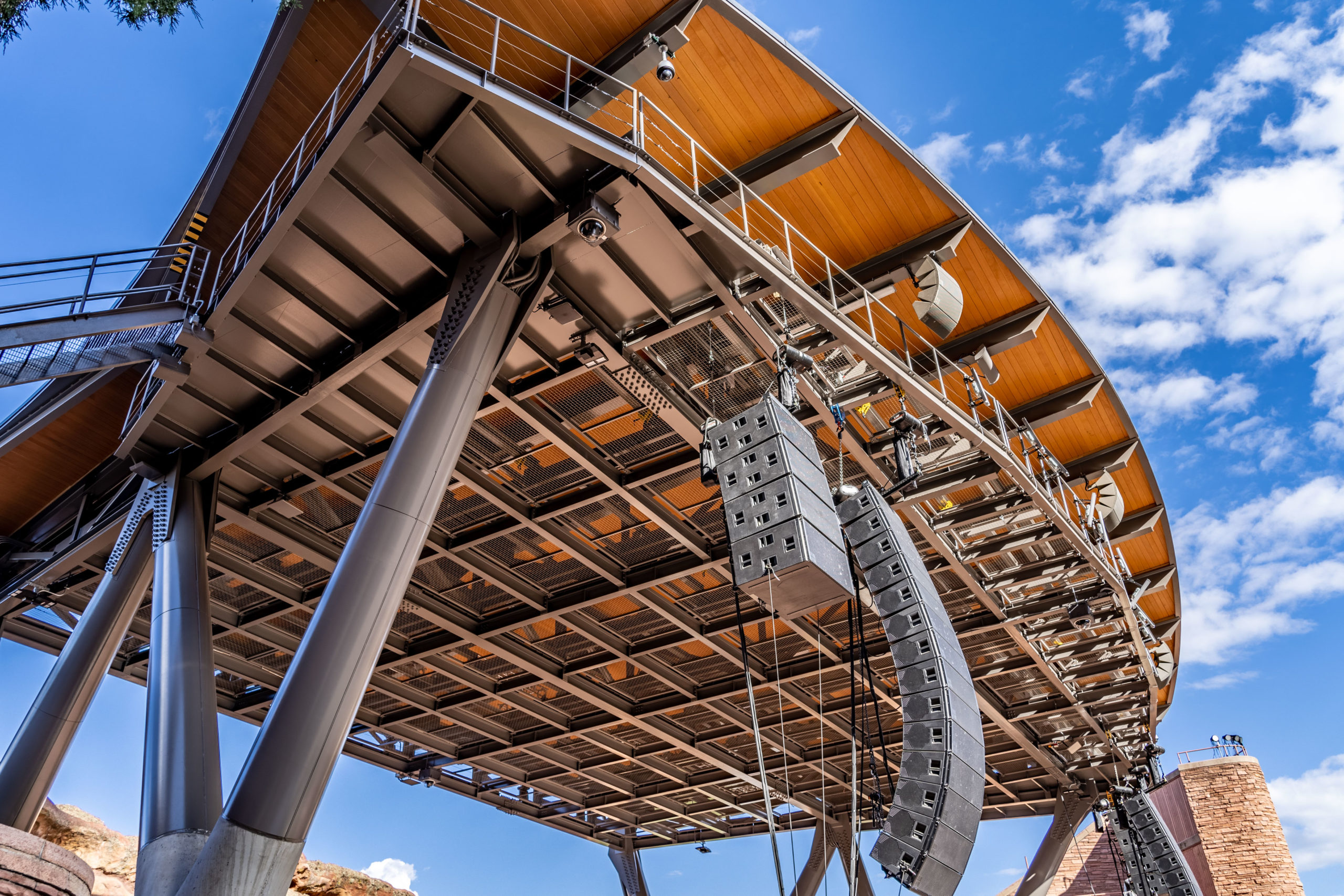Roofing Types
Low Slope
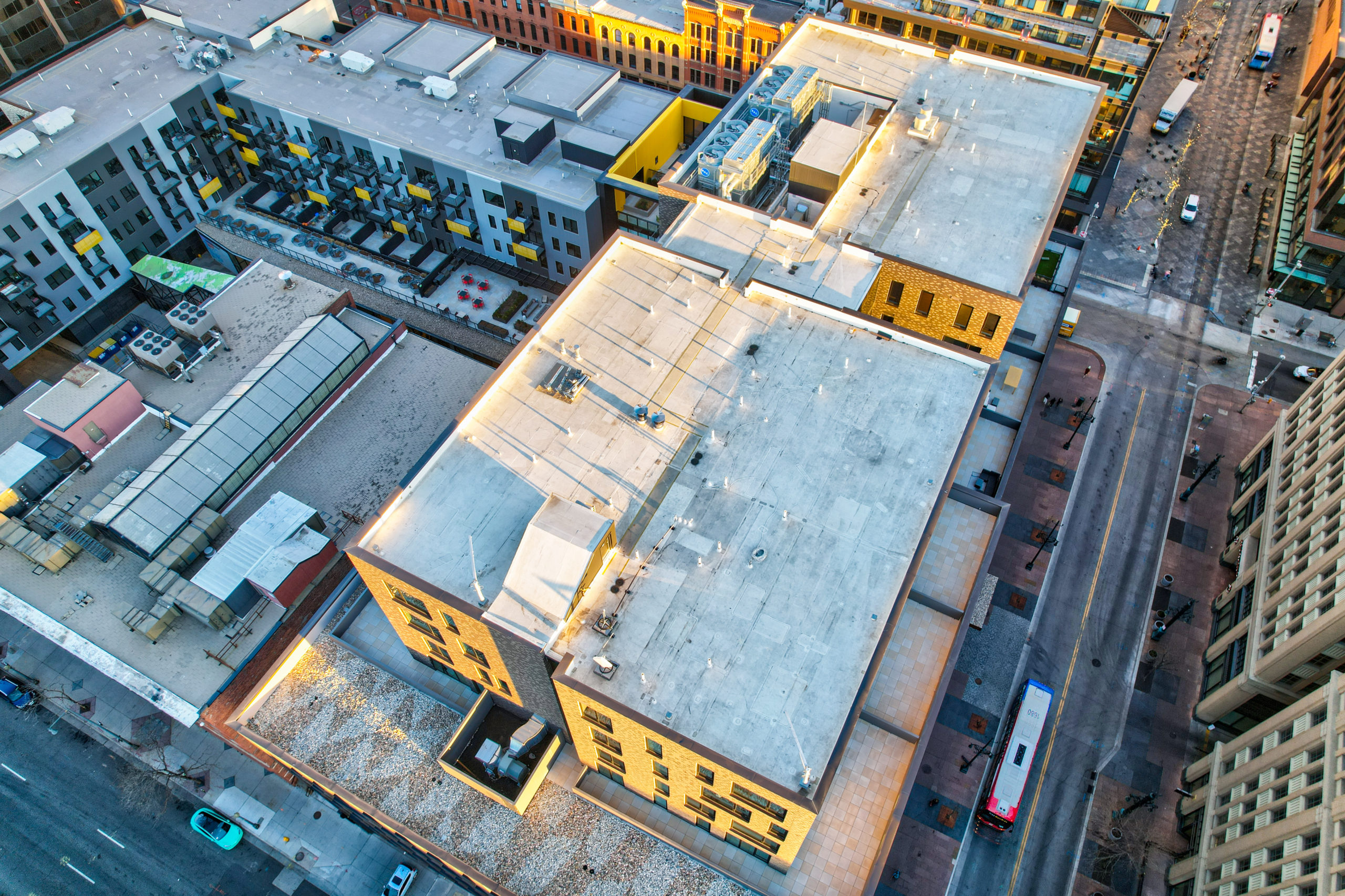
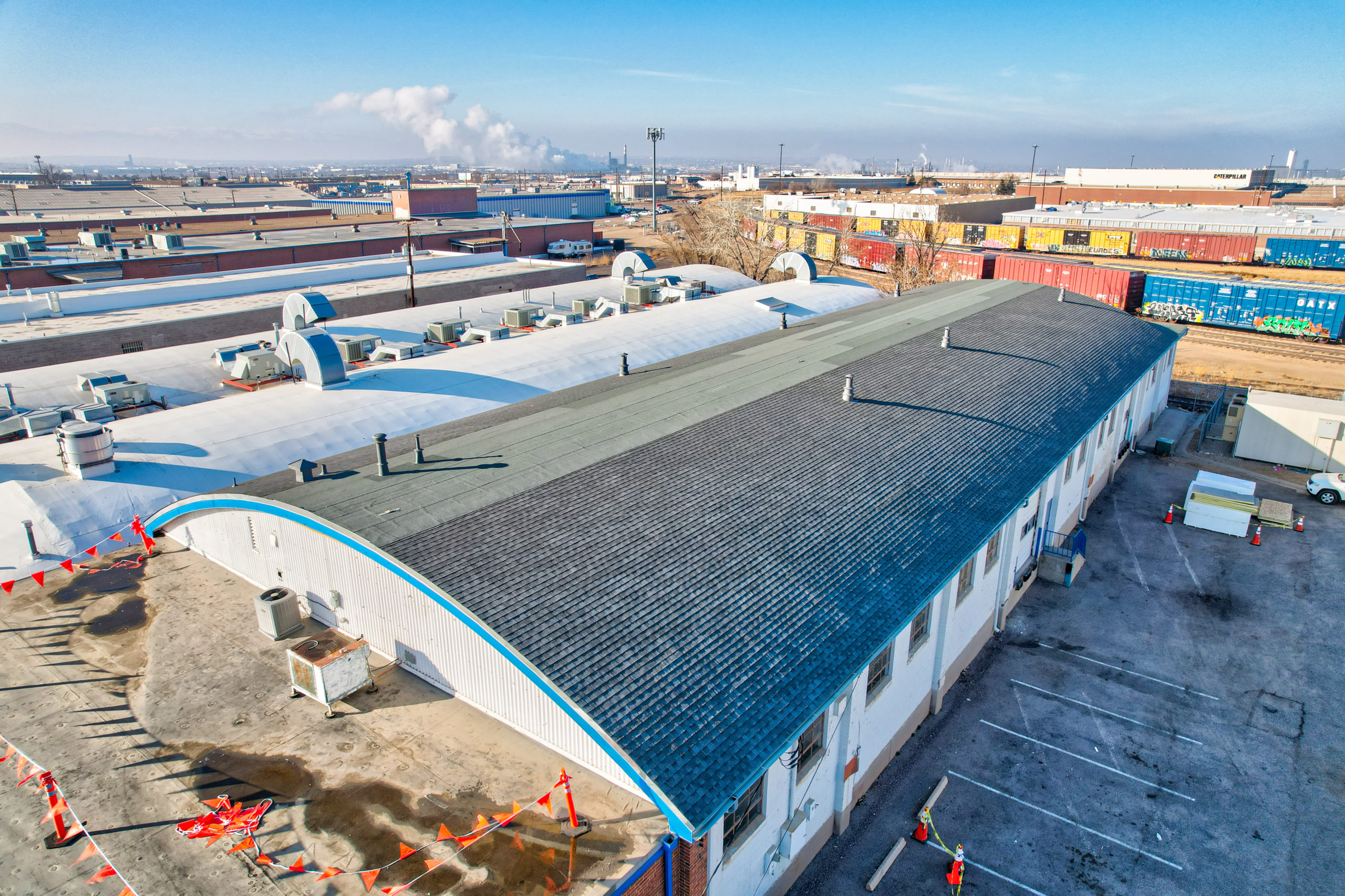
Steep Slope
Steep slope roofing usually refers to a roof with a slope greater than a 3:12 pitch. This means for every 12 horizontal inches, the roof’s vertical slope is three inches or greater. Materials suitable for steep slope roofs include asphalt shingles, concrete and clay tiles, wood shakes, slate and metal roofs. Additionally, some rolled asphalt and rolled modified bituminous roofs, as well as certain adhered single-ply membranes, may be used in certain steep slope roof applications. However these are the 3 main types used for steep-sloped roofing:
Roofing Types
EPDM
EPDM is the original tried and true single-ply roofing membrane. The choice of roofing specifiers for over half a century, it is the premier choice for a single-ply roofing membrane. EPDM is a synthetic rubber that is cured into sheets that are easy to install and reliable due to the material’s light weight, flexibility, and ability to fully adhere to the underlying layers of the roofing system.
These sheets can come in a traditional black coloring, or in white that helps to repel heat and damaging UV rays.
Carlisle, our premier supplier of EPDM revolutionized the roofing industry with their line of synthetic rubber single-ply roofing materials. Superior Roofing has partnered with Carlisle, bringing our diligence and commitment to quality installation to every project, earning us the “Excellence in Single-Ply” award each year for the past 20 years.
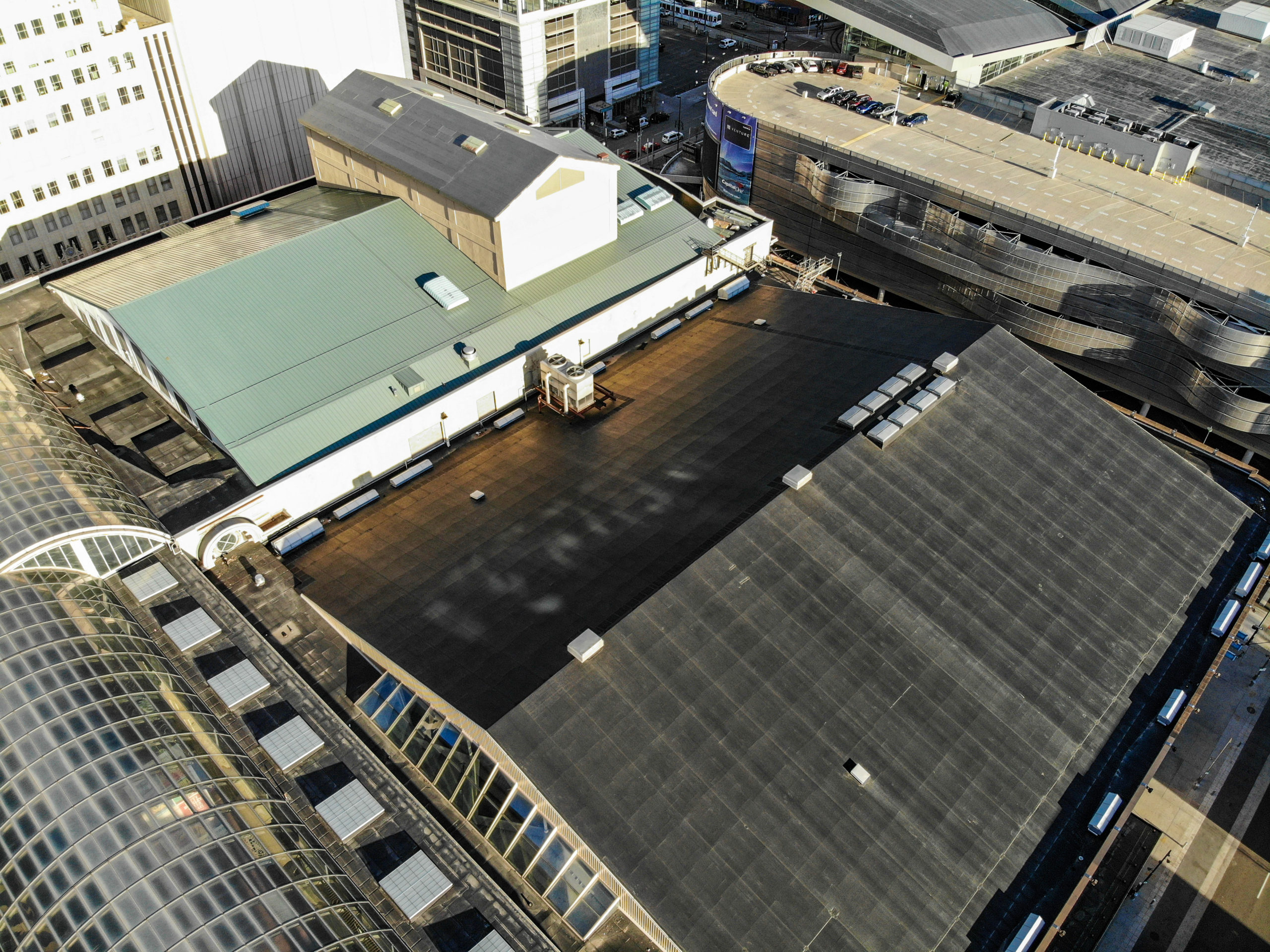
TPO
Thermoplastic Polyolefin, or TPO, is one of the fastest growing segments of commercial roofing. TPO is a single-ply roofing membrane, specially designed to reflect solar energy and heat away from the roof and is TPO is slightly lower in cost than PVC.
TPO comes in three standard colors: white, tan, and gray to match your building’s aesthetic needs. Various thicknesses of the material allow for the right balance of cost and longevity. A thicker ply usually means greater protection from wear and tear.
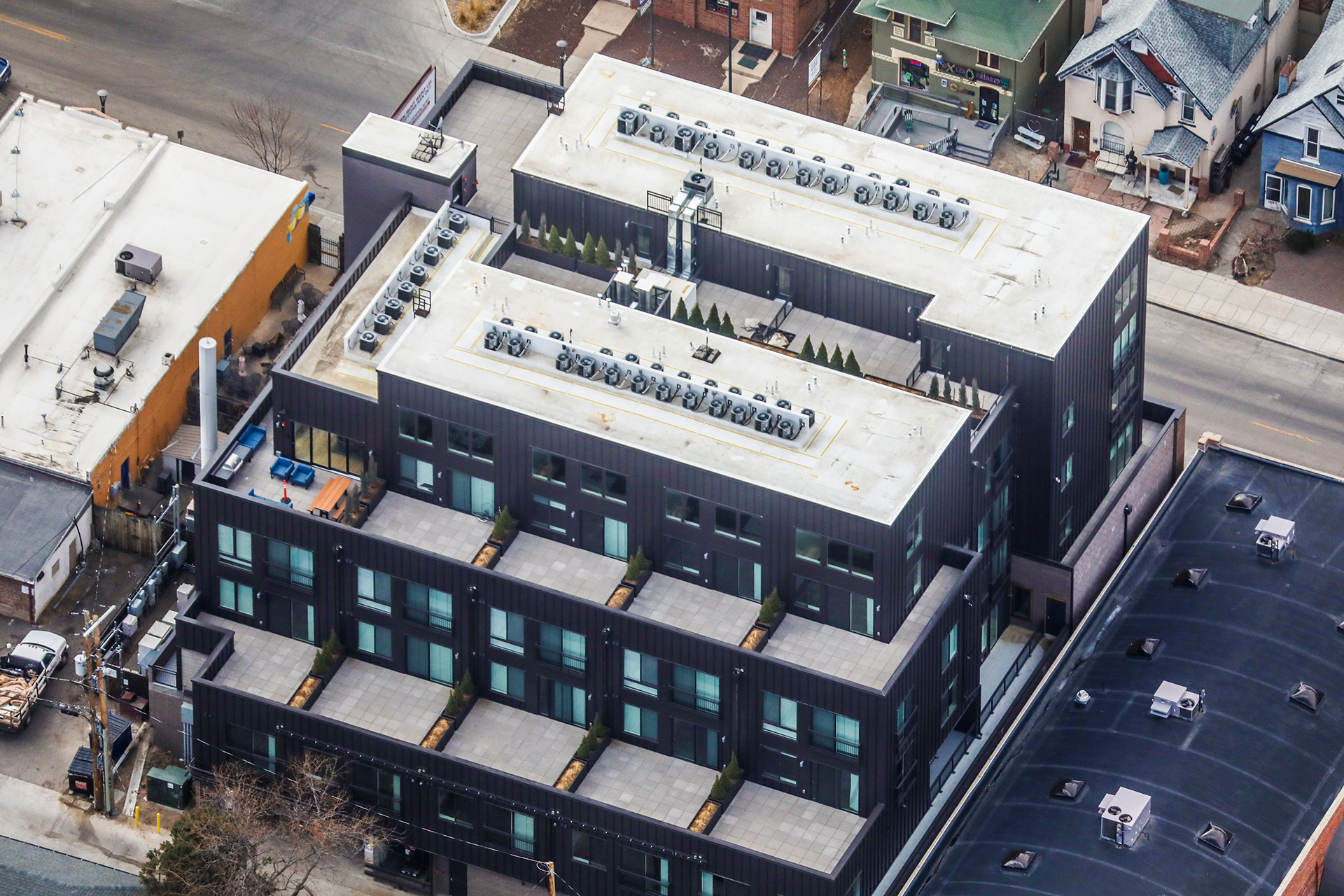
With single-ply roofing membranes, it is the outer layer that provides the water, UV, and chemical protection. Beneath that outer layer, insulation and additional vapor barriers can be applied, depending on the specification of the architect and owner. This makes it perfect for new roofing and re-roofing applications.
The TPO system can either be mechanically attached or adhered, depending on job requirements and specifications. The seams of our TPO applications are heat welded, which bonds the material from one roll of TPO material to the next. This provides a strong bond and makes the seams less visible.
Superior Roofing has installed millions of square feet of TPO roofing membrane. We work with various roof specifications and sizes and can include a 20-30 year no dollar limit manufacturer’s warranty, providing peace of mind that your TPO roofing system will last for years to come.
PVC
Polyvinyl chloride, also known as PVC, are single-ply membranes have provided dependable protection and proven performance since the 1960s, making them a popular and economical choice among roofing consultants and specifiers. PVC’s resistance to chemicals, grease, fire, and punctures makes it an ideal choice for a wide variety of buildings.
PVC also comes in three standard colors: white, tan, and gray to match your building’s aesthetic needs. Various thicknesses of the material allow for the right balance of cost and longevity. A thicker ply usually means greater protection from wear and tear.
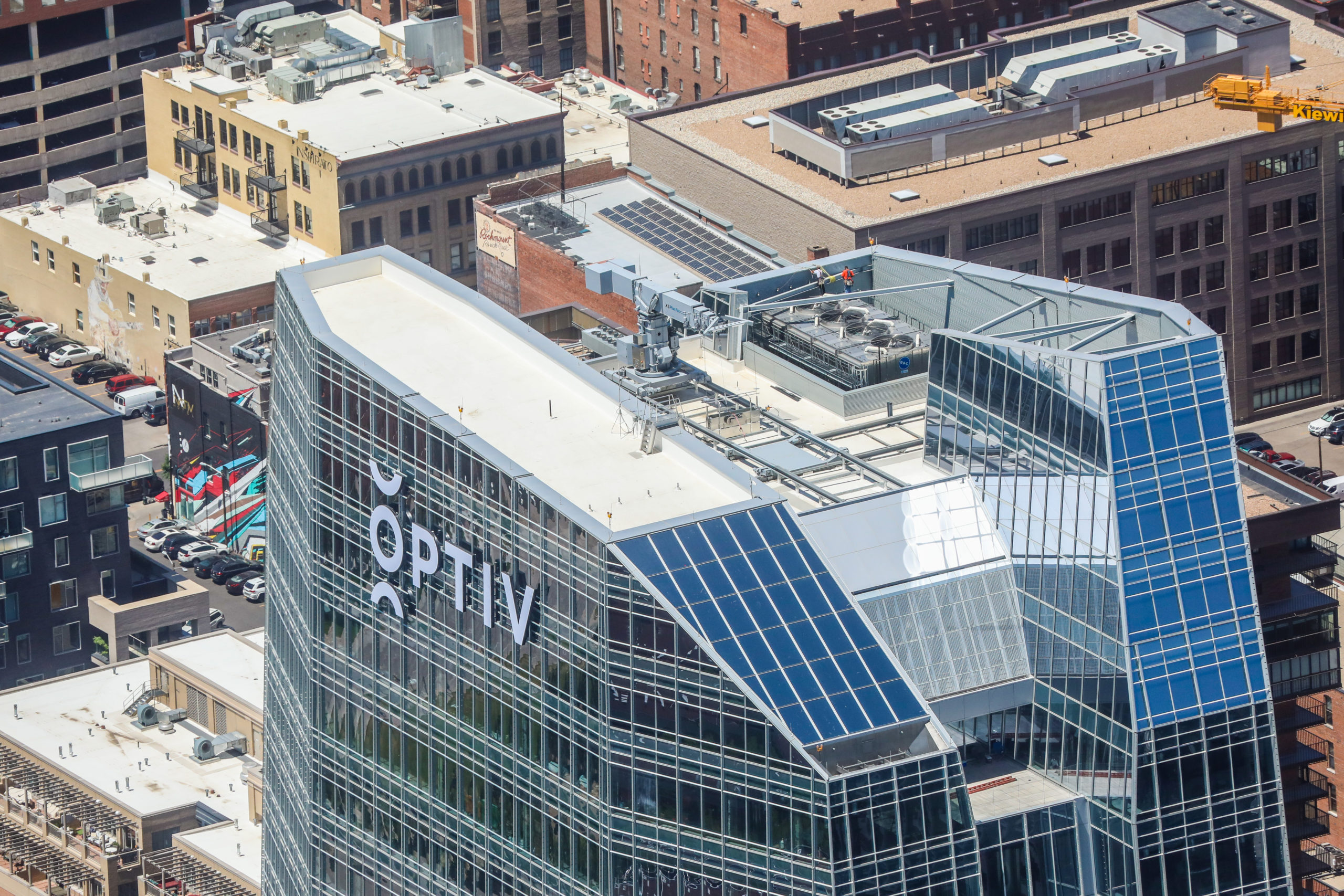
With single-ply roofing membranes, it is the outer layer that provides the water, UV, and chemical protection. Beneath that outer layer, insulation and additional vapor barriers can be applied, depending on the specification of the architect and owner. This makes it perfect for new roofing and re-roofing applications.
The system can either be mechanically attached or adhered, depending on job requirements and specifications. The seams of our PVC applications are heat welded, which bonds the material from one roll of PVC material to the next. This provides a strong bond and makes the seams less visible.
We have many years of experience installing PVC membranes with any sized roofs. Any specifications or challenges, we are here for you!
BUR
Many existing buildings have built up roofs, and the use of built-up dates back to the 1870’s during the industrial revolution. For existing structures, repairing, or replacing the built-up roof on you structure is often the right choice.
Built-Up roofs are constructed with multiple layers of bitumen or fiberglass layers interspersed with hot asphalt. It is the oldest of the flat or low sloped roof systems and is known for its longevity and reliability.
Built up roofs take more skill & experience to install and maintain because of the added expertise & equipment needed to install. With built up systems becoming a rarity in the industry, Superior Roofing relies on its 35 years of experience and continues to lead in built up application.
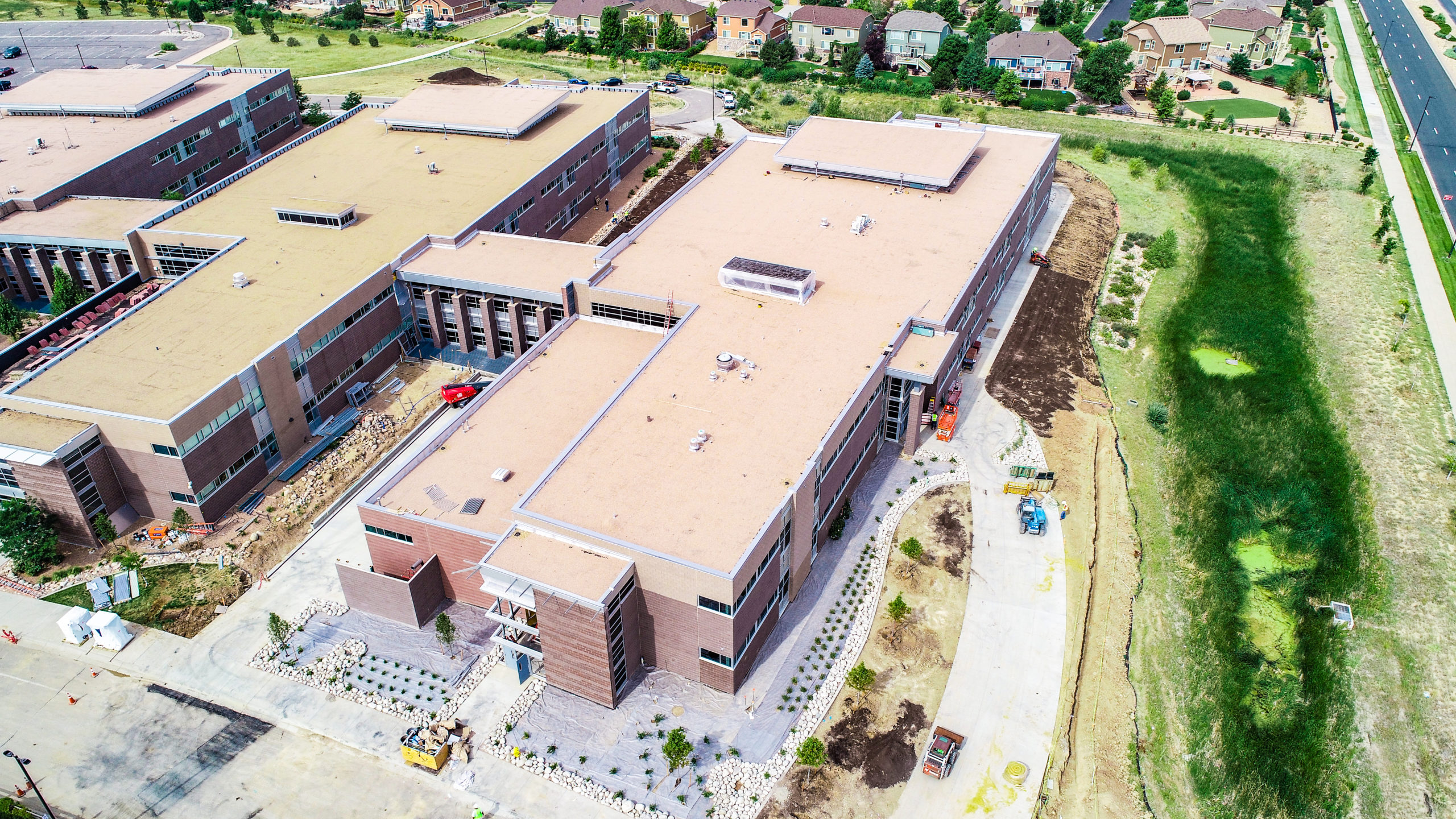
MOD BIT (Modified Bitumen)
Modified Bitumen (MB) roofing is an asphalt-based, close to that of the Built-up-Roof (BUR) designed for buildings with low-slope or “flat” roof structures. Engineered modified bitumen roofing membranes originated in Europe in the mid 1960’s and have been used successfully in the United States and Canada since approximately 1975. Modified Bitumen Roofing Systems are designed to withstand harsh exposure to extreme environmental elements with five layers of protection.
Mod Bit roofing systems are a durable, weather resistant type of low-slope roof. Mod-bit materials are sold in rolls, and its seams are sealed using heat (the common open flame torch), hot- or cold-applied, or self-adhering.
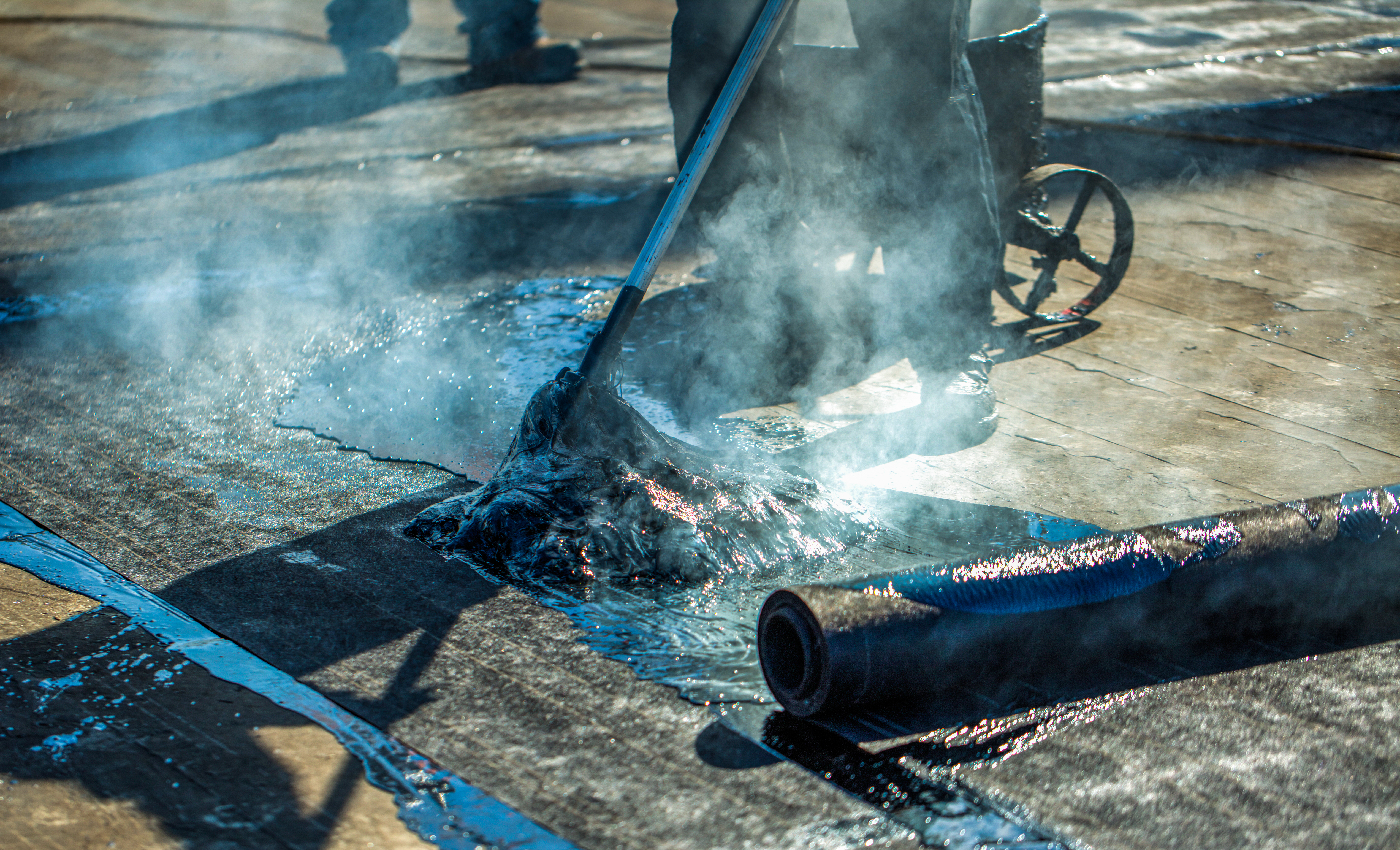
FARR = Fluid Applied Reinforced Roofing
SEAMLESS – TOUGH – FLEXIBLE
A FARR – Fluid Applied Reinforced Roofing Systems – Is lightweight yet tough, with flexible membranes that are primarily applied directly over existing roof systems. Some are formed with layers of highly waterproof asphalt emulsion and tough polyester fabric then surfaced with an extremely durable acrylic coating.
FARR membranes that are installed “in place” using exceptionally durable, water based, waterproofing compounds reinforced with tough polyester fabrics and surfaced with energy saving reflective coatings. Once installed the seamless monolithic system is tough, flexible, and resistant to the extremes of nature. We use Underwriters Laboratories (U.L.), FM Global and independent testing labs to continually test our Systems and Products to be sure they meet the stringent requirements of today’s building industry. Our systems are designed to be installed directly over existing roof systems or as a new membrane on new construction.
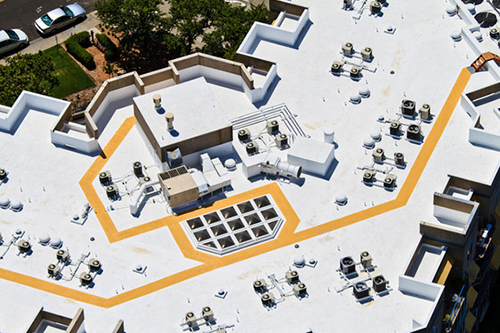
After all these layers are placed the panels are sealed; finalizing the process and ensuring the entire system and the interior of the building are protected from the elements.
The main benefit of this type of roofing system is in the aesthetic it provides. Metal roofing systems can create an imposing and visually impressive structure.
COATING
There are various types of coatings on the commercial roofing market. The material formulas, uses, and application methods are all very different and are not always suitable for every application. Not all coatings are acceptable or even compatible on all roof surfaces. Anytime a coating is to be considered, the pre-application preparation should be considered as well. Though the coatings industry has grown over the last decade coatings are not always the best choice, however they do have their place in the market for specific applications. There are essentially five basic types of coatings and the process for applying these coatings vary by weather, temperature, and thickness:
- Acrylic coatings
- Silicone coatings
- Polyurethane coatings
- Fluid-applied asphaltic rubber membrane system
- Polyurea coatings
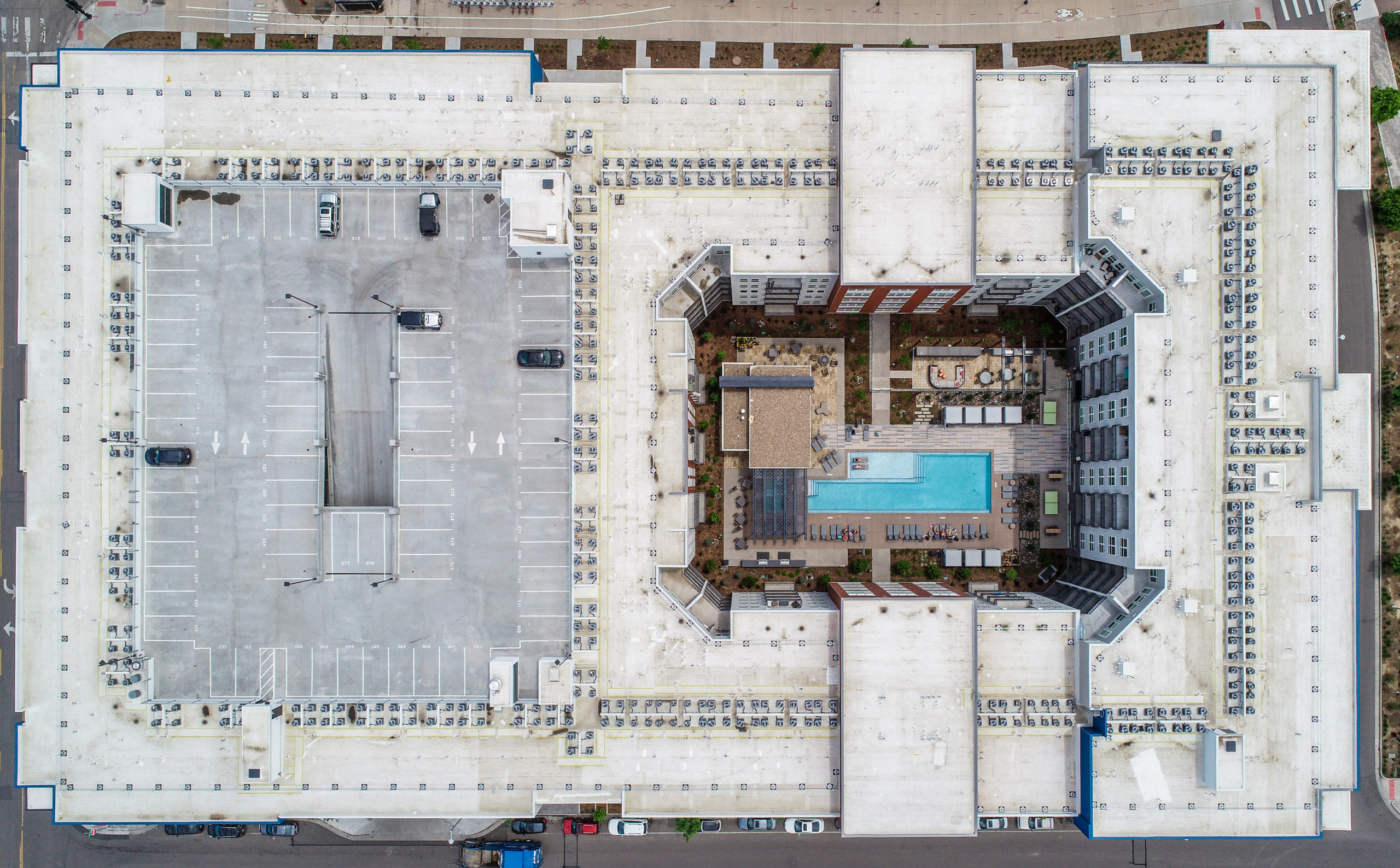
Asphalt Shingles
Asphalt shingles are made up of several layers:
- The base of the shingle is made up of an organic felt or a glass fiber mat. (This base supports weather resistance and strength)
- The asphalt with added assorted fillers for impact resistance.
- The asphalt surface material (generally mineral granules), which provides protection from further impact and UV degradation, and improves made to improve fire resistance.
The most common type of shingle is a strip which is usually 12 x 36 inches, and includes three or four exposed tabs. These shingles can also come in a single layer, or multiple layers that are generally called laminated strip singles or architectural shingles.
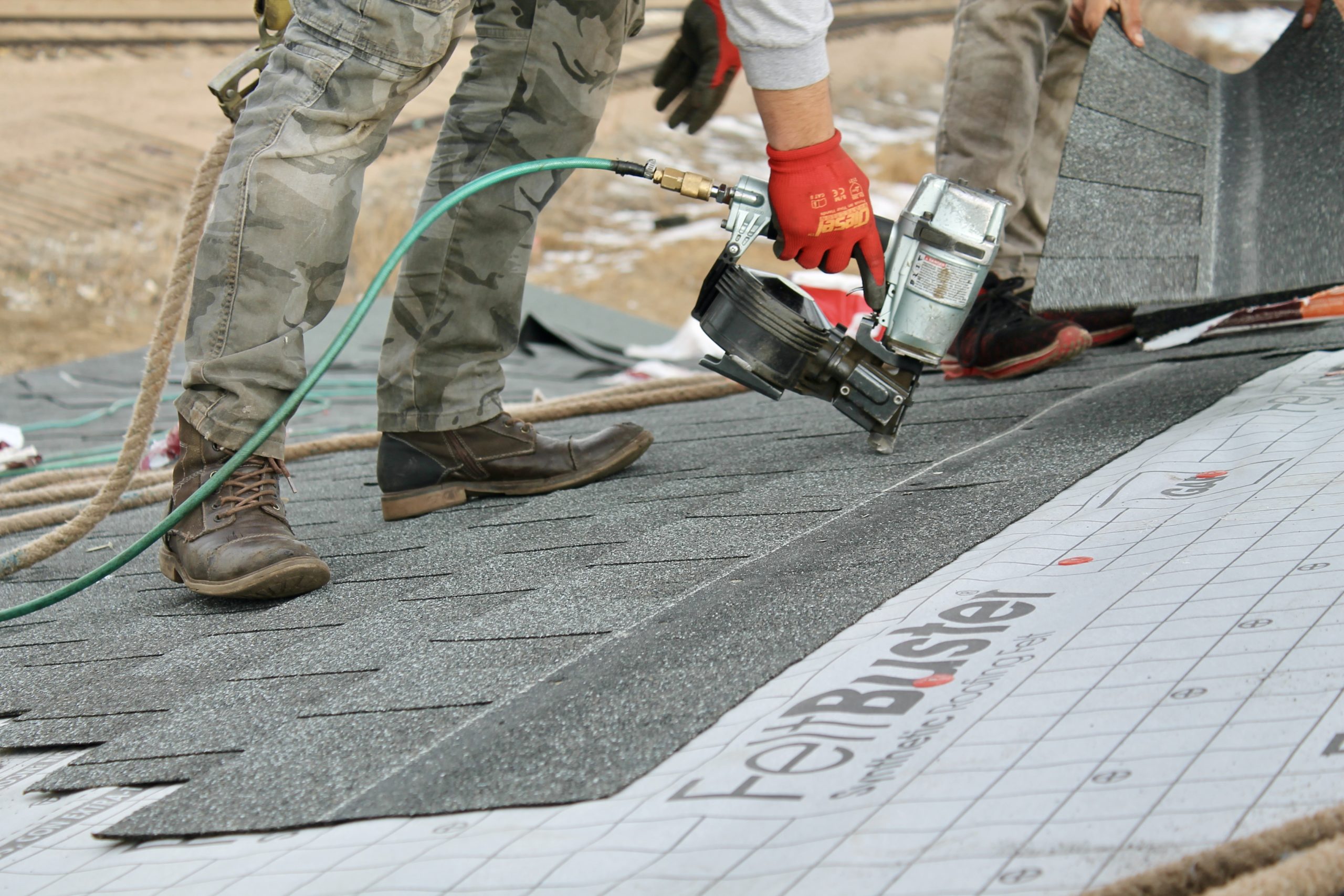
TILE
By far shingle roofs are the most popular residential roof type, however there is a vast
array of roof tiles available for those who want a different style of roof. Each of the
following roof tiles comes in various shapes and sizes and varies in durability, weight
and appearance as well. These are the 8 most well-known and used tiles for residential
and some multifamily applications.
- Slate Roof Tiles
- Metal Roof Tiles
- Wood Roof Tiles
- Concrete Roof Tiles
- Composite Roof Tiles
- Synthetic Roof Tiles
- Clay Roof Tiles
- Solar Roof Tiles
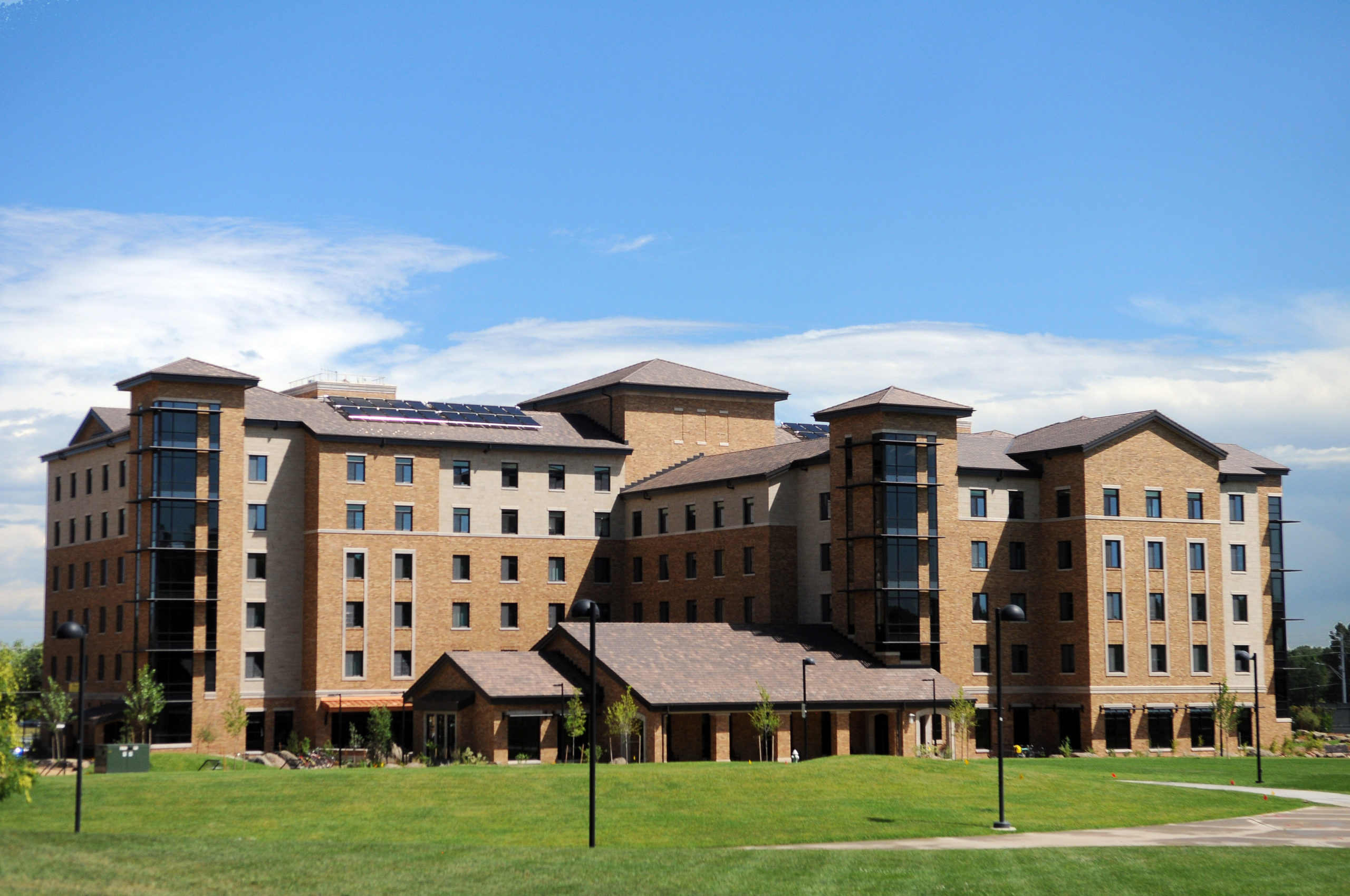
Get in Touch
Contact us by calling 303-375-0300 or filling out the form below. Our team will contact you shortly.

